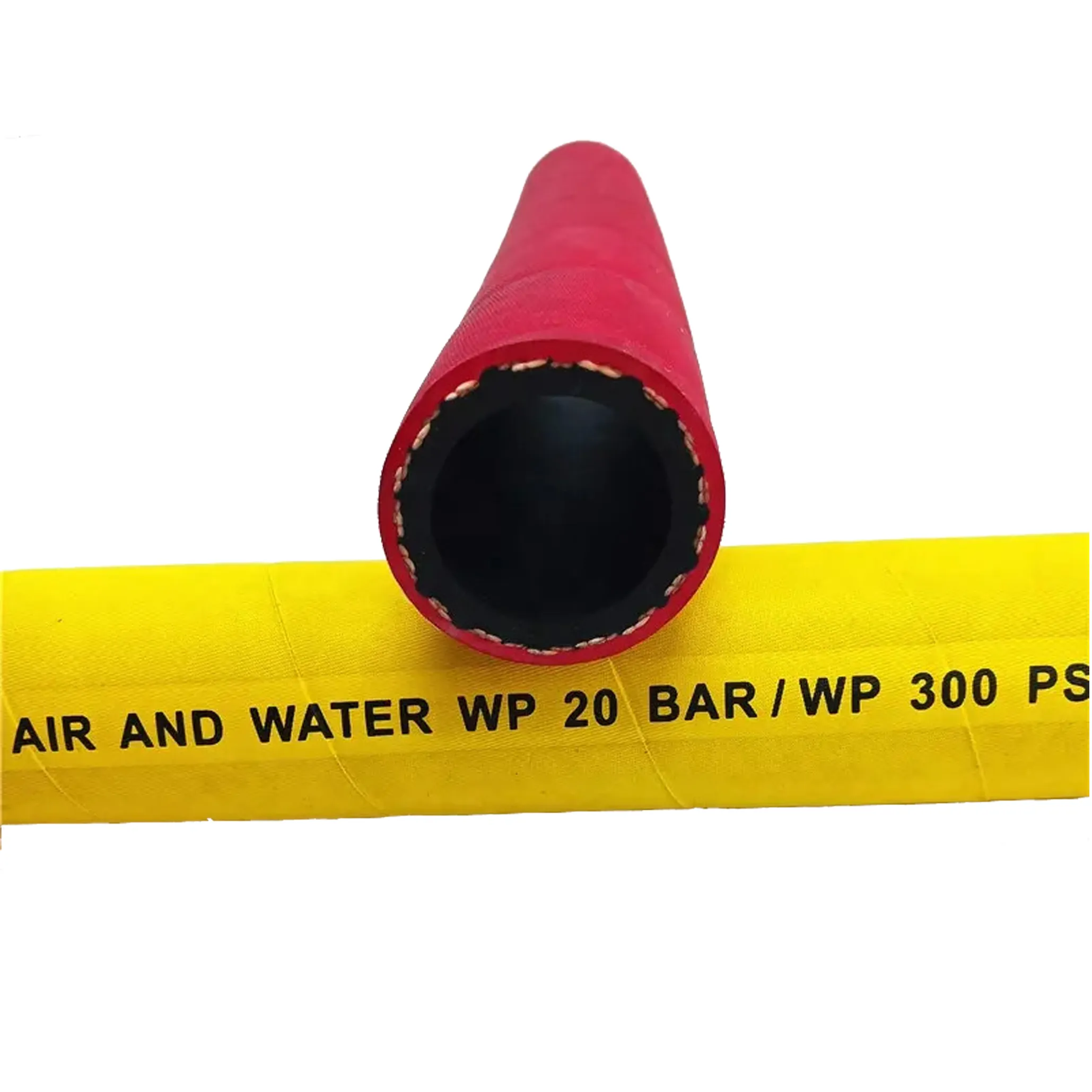335345435
Dec . 04, 2024 10:25 Back to list
Understanding the Composition of Hydraulic Hoses and Their Materials
What is Hydraulic Hose Made Of?
Hydraulic hoses are essential components in various industries, including construction, automotive, aerospace, and manufacturing. They play a crucial role in transferring hydraulic fluid from one part of a system to another, powering machinery and equipment efficiently. Given their significant role, understanding what hydraulic hoses are made of is vital for selecting the appropriate type for specific applications.
Primary Materials
The construction of a hydraulic hose typically involves three main components the inner tube, the reinforcement layer, and the outer cover
. Each of these components is made from different materials designed to handle distinct aspects of hydraulic operation.1. Inner Tube The inner tube is responsible for containing the hydraulic fluid. This layer is typically made from synthetic rubber or thermoplastic elastomers. Synthetic rubber, such as Nitrile (NBR), is prevalent due to its excellent resistance to petroleum-based fluids, heat, and aging. The choice of material for the inner tube depends on the type of hydraulic fluid being transported, the temperature range, and the pressure requirements.
2. Reinforcement Layer The reinforcement layer provides strength and flexibility to the hydraulic hose. This layer is crucial because it enables the hose to withstand high pressures without bursting. Reinforcement can be made from various materials, including
- Steel Wire High-tensile steel wire is commonly used for reinforced hydraulic hoses. It comes in several forms, such as spiraled or braided configurations, which enhance the hose's flexibility and strength. Steel-reinforced hoses can typically handle high-pressure applications, making them ideal for demanding environments.
what is hydraulic hose made of

- Textile Braiding In some applications, hoses may be reinforced with textile fibers like polyester or nylon. These materials provide good flexibility and are less heavy than steel wire. However, they are generally suitable for lower pressure applications.
3. Outer Cover The outer cover protects the inner tube and reinforcement from external factors, such as abrasion, chemicals, and environmental elements. Common materials used for the outer cover include synthetic rubber compounds, such as Neoprene or Hypalon, which provide excellent resistance to abrasion and weathering. Some hoses may also have special coatings to enhance their resistance to specific chemicals or temperatures.
Design Considerations
When selecting a hydraulic hose, the choice of materials must align with the intended application. Factors to consider include
- Pressure Rating Choose a hose designed to handle the maximum pressure of the hydraulic system. - Temperature Range Ensure that the materials used in the hose can withstand both the minimum and maximum temperatures expected during operations. - Fluid Compatibility The inner tube must be compatible with the type of hydraulic fluid to be used, as certain fluids can degrade specific materials. - Flexibility and Bend Radius Depending on installation requirements, the flexibility and the minimum bend radius of the hose are essential considerations to prevent kinking or damage. Conclusion
In summary, hydraulic hoses are composed of a combination of materials designed to work together efficiently. The choice of inner tube, reinforcement layer, and outer cover materials affects performance, durability, and safety in hydraulic systems. Understanding these components and their functions is crucial for engineers and technicians when selecting the right hydraulic hose for their applications. Properly selecting and maintaining hydraulic hoses ensures optimal performance and reliability, ultimately contributing to the efficiency and safety of hydraulic systems in various industries.
-
SAE 100 R17 Black Smooth Cover Hydraulic Hose
NewsMar.07,2025
-
SAE 100 R17 Black Smooth Cover Hydraulic Hose
NewsMar.07,2025
-
SAE 100 R17 Black Smooth Cover Hydraulic Hose
NewsMar.07,2025
-
SAE 100 R17 Black Smooth Cover Hydraulic Hose
NewsMar.07,2025
-
SAE 100 R17 Black Smooth Cover Hydraulic Hose
NewsMar.07,2025
-
steel wire braided hydraulic hose
NewsMar.07,2025



